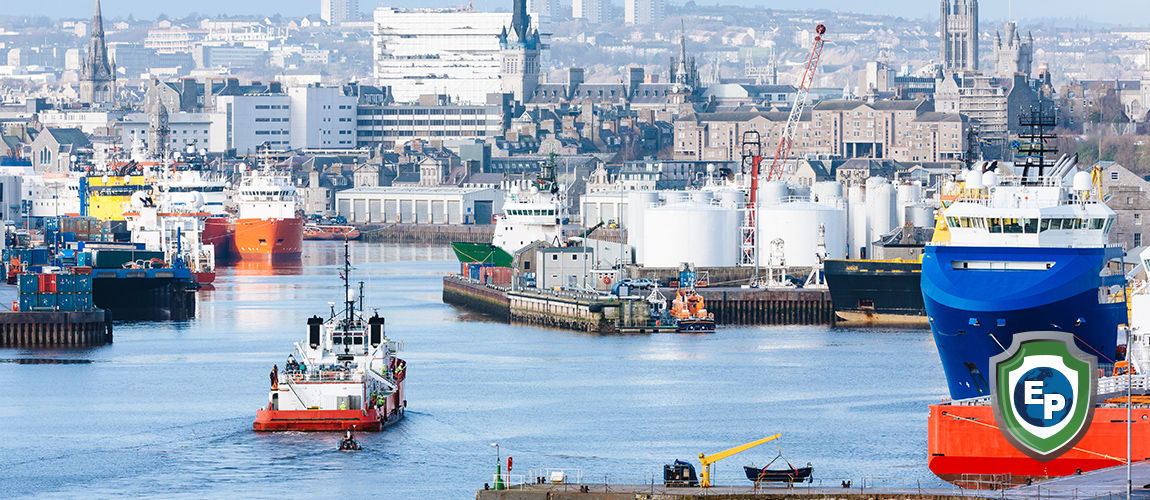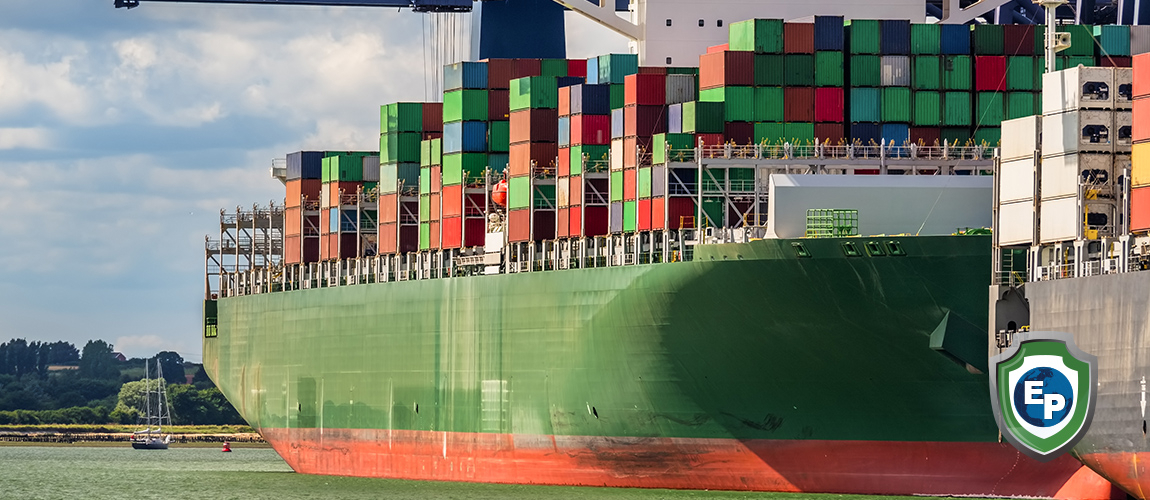Minimizing the Impact of Brexit | Freight Forwarding
Export Portal is diving into different Brexit scenarios and how to navigate them from a freight forwarder perspective. Read on to find out more!

In June 2016, the Brexit referendum was passed in the United Kingdom. This set off a chain reaction in the import/export trade world, especially logistics companies, which led to the creation of action plans to minimize the effects of Brexit. Though the plan has changed since the first referendum was passed and there is no specific replacement, logistics companies, and freight forwarders alike have to prepare for every possibility. Here are some of the ways to prepare for international trade, post-Brexit. 
Analyzing Different Scenarios
There are two possibilities for the Brexit plan – one soft, one hard. The Hard Brexit option means the UK would leave both the customs union and the EU single market, effectively reintroducing customs checks at borders for all trade movements between the EU and UK. A Soft Brexit would mean that the UK would remain closely aligned to the EU single market and possibly reach some form of tariff-free agreement on most goods. These two plans would require a different approach to freight forwarders.
Hard Brexit
The customs checks that would be reintroduced in a Hard Brexit scenario would mean added time to shipping times. For example, the number of truck checks at the Port of Dover, the principal UK gateway for trucked cargo, could increase from 500 to 10,000 per day, or the number of trucks passing through the port on a busy day. Even a small increase in the customs paperwork and routine checks could lead to significant traffic increases – the British Freight Transport Association states that adding just two minutes to the customs checks would result in a 17-mile line from Dover to the UK hinterland. These delays are critical for time-sensitive shipments and could slow production lines.
Soft Brexit
The soft Brexit is based on the “Norway model,” and would allow Britain to strike trade deals on its own while maintaining full tariff-free access to the EU single market. Most research suggests this would be less damaging in regards to border disruption than the hard Brexit scenario. However, this would require the UK to remain in full compliance with EU rules in regards to sectors ranging from pharmaceutical to aviation to ground transport. The Norway model also does not erase border checks.
Therefore, the issues that exist in the hard Brexit scenario also exist in the soft Brexit scenario. The points of potential border congestion in both are:
● The port of Dover and M20 highway
● The port of Calais and Dunkirk and the A16/A216 highway
● The port of Dublin and Dublin Port Tunnel
● The port of Holyhead and A55 Expressway
Knowing these points of congestion allows freight forwarders to plan on how to avoid them, and in turn, avoid costly delays.

Adapt Existing Supply Chains
Most shipping lines, port operators, and freight forwarders have already begun to create viable alternatives to reduce disruption to their manufacturing supply chains.
For example, the Dover Strait accounts for approximately 75 percent of trucked cargo between the EU and the UK. However, it is likely that both the ferry route between Dover and Calais and the Eurotunnel link between Calais and Folkestone will lose their dominant position for freight movements across the channel – longer transit times and higher transportation costs will make these connections less reliable.
The southeastern UK ports of Harwich and London have proven to be viable substitutes in the past. London in particular challenges Dover as an alternate hub. CMA CGN, a shipping company and logistics operator, recently announced their long-term lease at the London Gateway, as well as their investment in a multi-temperature warehouse. Similar announcements have strengthened the port of London’s position, which would lead to a new road linking the terminal to the A13, thereby allowing shippers to avoid the crowded M25 to reach the UK hinterland and reducing crossing times from Belgium to seven hours.
Ferry operators have recently been offering alternative short sea services from Ireland to European countries, thereby bypassing the UK entirely. Approximately 50 percent of Irish truckers currently cross the UK to serve the European continent, which could lead to shipment delays in either Brexit scenario. While the older Dublin-Cherbourg route takes 20 hours and the newer Dublin-Zeebrugge route takes 40, the newer route would offer more certainty over the trucking schedules in the event of border checks.
Approaching the Future with Export Portal
Despite these possibilities, there is a lingering uncertainty around Brexit that makes it difficult to anticipate precisely how supply chains need to be adapted and to what extent investment plans by logistics and supply chain operators will materialize. Depending on these industries’ lead times, though, we may see more options added to mitigate the impact of the outcome of Brexit.
Export Portal’s mission is to make it easier for everyone to engage safely and securely in international trade. Whether you’re a first-time seller or a well-established logistics company, we promise to be a source of highly qualified and verified leads, as well as education on the ever-changing world of international trade. Register with us today!






Comments 0